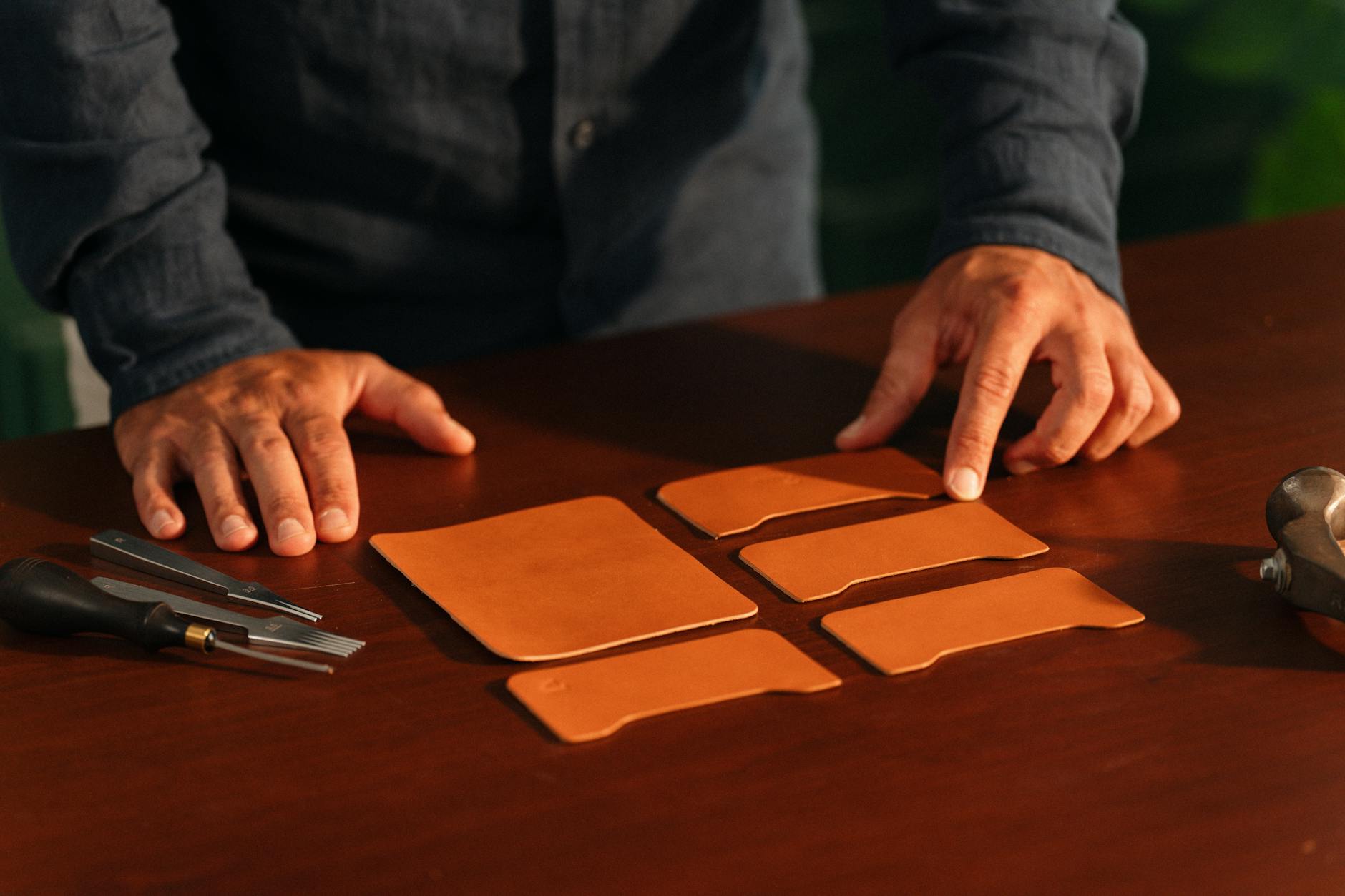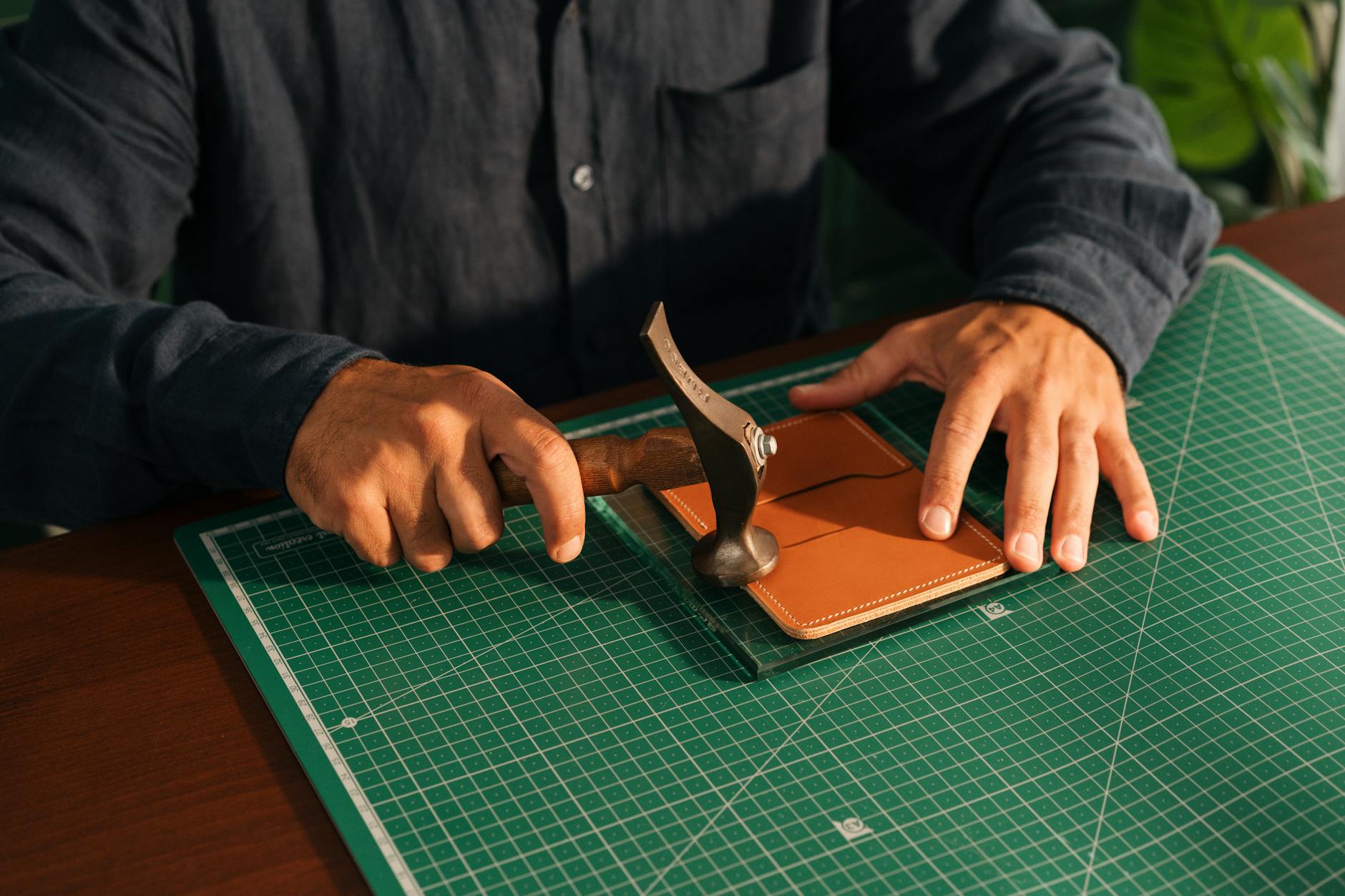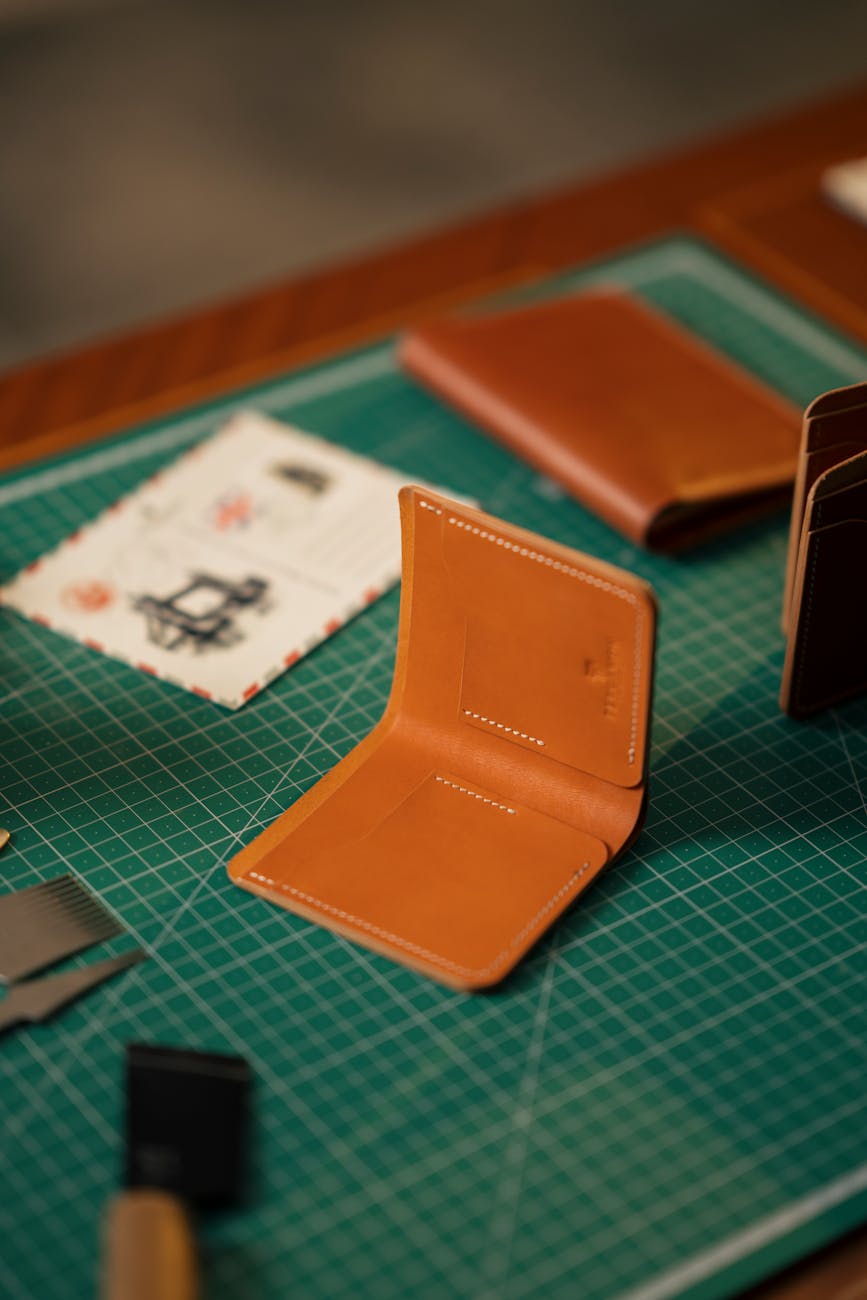The girdle: more than a strap for the knight
In the age of chivalry, a knight’s belt, or girdle, was far more than a simple accessory to hold up his chausses. It was a potent symbol of his station, his oath, and his readiness. It bore the weight of his sword, his dagger, and his pouch—the essential tools of his trade and survival. A failing belt in the heat of battle was unthinkable. It had to be strong, reliable, and crafted with the same integrity as his armor. This was not a disposable item; it was a piece of equipment meant to endure campaigns, long journeys, and the rigors of a martial life.

Today, while we may not be facing a cavalry charge, the desire for that same steadfast quality remains. We live in an era of fast fashion, where accessories are designed to be replaced season after season. But for those who appreciate the Templar spirit—a spirit of fortitude, purpose, and enduring legacy—a disposable belt simply will not do. We seek “knight-grade” quality: an item that not only performs its function flawlessly but also tells a story of craftsmanship and ages with grace.
This guide is your introduction to the world of high-quality leathercraft. We will teach you how to distinguish the true champions of the leather world from the pretenders, ensuring the next belt you purchase will serve you faithfully for at least five years, and likely, a great deal longer.
Understanding leather: the soul of a knight-grade belt
The foundation of any durable belt is, without question, the leather itself. Just as a castle’s strength is determined by its stone, a belt’s longevity is dictated by the quality of the hide. Not all leather is created equal, and marketers often use confusing terms to obscure a product’s true nature. Let’s cut through the noise and classify the contenders.
Full-grain leather: the undisputed champion

If you seek the absolute best, your quest begins and ends with full-grain leather. This is the highest grade available, taken from the very top layer of the hide. It includes the complete, natural grain with all its inherent textures, scars, and markings. These are not imperfections; they are marks of authenticity, telling the story of the animal’s life.
Why it’s knight-grade:
- Unmatched durability: The fibers in the top layer of the hide are the densest and strongest, making full-grain leather incredibly tough and resistant to tearing and stress.
- A beautiful patina: Over time, full-grain leather doesn’t wear out; it wears in. It absorbs oils from your hands and the environment, developing a rich, deep luster known as a patina. A five-year-old full-grain belt looks better than a new one.
- Breathability: The natural pores of the hide are left intact, allowing the leather to breathe and preventing moisture buildup.
A full-grain leather belt is an investment. It might be stiffer at first, but with every wear, it will soften and mold to your body, becoming a truly personal piece of your attire.
Top-grain leather: a worthy squire
Top-grain leather is the second-highest quality. It’s similar to full-grain, but the very top layer of the hide has been sanded or buffed to remove imperfections. This process creates a more uniform, smoother surface. While this makes it visually “cleaner,” it also removes the strongest fibers of the hide.
Its qualities:
- Strong and durable: While not as robust as full-grain, top-grain is still an excellent, long-lasting material that will easily surpass the five-year mark with proper care.
- More pliable: It’s often more flexible and softer than full-grain leather from the start.
- Stain resistance: A finishing coat is often applied to the surface, giving it a higher degree of resistance to stains than untreated full-grain leather.
Think of top-grain as a reliable squire—strong, dependable, and well-presented, but lacking the raw, proven character of the full-grain knight.
Genuine and bonded leather: impostors in the court
Here is where you must be vigilant. These terms are deliberately misleading. “Genuine leather” sounds prestigious, but it typically refers to the lower layers of the hide left over after the top-grain has been split off. It’s a real leather product, but it lacks the strength and durability of the higher grades. It is often painted and embossed to look like something it’s not.
Bonded leather is the absolute lowest tier. It is the particle board of the leather world—created by taking leather scraps and dust, shredding them, and mixing them with bonding agents like polyurethane or latex. This mixture is then pressed onto a fiber backing. A bonded leather belt will crack, peel, and delaminate, often within a year of regular use. It has no place in a wardrobe built on the principle of longevity.
The anatomy of a belt built for the ages
Beyond the hide itself, the construction of the belt determines its fortitude. A knight would inspect every rivet and buckle on his armor; you must do the same for your belt.
The leather strap: thickness and tanning

For a daily-wear belt, look for a single, solid strap of leather that is between 8-10 ounces (or 3.2-4.0 mm) thick. This provides a perfect balance of strength and flexibility. The tanning process is also crucial. Vegetable-tanned leather, an ancient method using natural tannins from bark and leaves, produces a firm, beautiful leather that ages exceptionally well. It is the preferred choice for high-end, traditional leather goods.
The buckle: the shield of your girdle
A magnificent leather strap is useless if it’s paired with a cheap, plated buckle. The buckle takes a significant amount of stress. Look for buckles made from solid materials that will not chip, flake, or break.
- Solid brass: The gold standard. It’s strong, corrosion-resistant, and develops its own beautiful patina over time.
- Stainless steel: Incredibly durable, hypoallergenic, and will never rust or tarnish. It offers a more modern, silvery finish.
- Copper or pewter: Excellent choices for a more rustic or historical aesthetic, both are solid and age beautifully.
Avoid buckles made from zinc alloy or other mystery metals that are simply plated. A quick test is the weight; solid brass and steel buckles have a satisfying heft that a cheap, plated buckle lacks.
Construction: stitching vs. snaps and rivets
How the buckle is attached to the belt is a critical point of potential failure. The best belts often use one of two methods:
- Heavy-duty stitching: A thick, waxed thread (like Ritza 25 “Tiger” thread) sewn by hand or on a heavy-duty machine provides immense strength and a classic look. A hand-stitched saddle stitch is the strongest, as it will not unravel even if one stitch breaks.
- Chicago screws or snaps: These allow you to easily swap out buckles, offering versatility. Ensure they are made of high-quality metal (like brass) and not cheap, flimsy alternatives.
Glued-only construction is a major red flag and is typically only found on the lowest quality bonded or genuine leather belts.
How to spot true quality: a Templar’s inspection
When you have a belt in your hands, channel your inner quartermaster and perform a thorough inspection.
The smell test
High-quality leather has a rich, earthy, slightly sweet smell. Low-quality or faux leathers will smell of chemicals, plastic, or nothing at all. Trust your nose—it can quickly identify an impostor.
The feel and flex
Run your hand along the surface. Full-grain leather will feel substantial and may have minor variations in its texture. Top-grain will be smoother. Bend the belt. Good leather will have a supple, oily flex to it. Bonded leather will feel stiff and plasticky, and may even make a slight crinkling sound.
Examine the edges
The edges of a belt reveal a lot about its craftsmanship. On a high-quality belt, the edges will be burnished (smoothed and sealed with heat and friction), beveled (rounded), or painted with a durable edge coat. This protects the leather and provides a clean, finished look. On a cheap belt, the edges might be raw and fibrous or have a thin, painted-on coating that can easily peel away.
Caring for your leather belt: a modern-day squire’s duty
Your belt is made from a natural material. With just a little care, you can ensure it far outlives its five-year promise. A knight would not neglect his sword, and you should not neglect your leather.
- Give it a rest: Avoid wearing the same belt every single day. Letting it rest for a day allows moisture to evaporate and helps it retain its shape.
- Condition it occasionally: Once or twice a year, apply a quality leather conditioner (like Smith’s Leather Balm or a neatsfoot oil compound). This replenishes the natural oils, keeping the leather supple and preventing it from drying out and cracking.
- Store it properly: When not in use, hang your belt by its buckle or coil it loosely and store it in a drawer. Avoid tightly cranking it, which can permanently stretch and stress the leather.
A belt worthy of the order
Choosing a belt is about more than just function. It’s an opportunity to select a piece of your personal uniform that reflects your values. By opting for a full-grain, vegetable-tanned leather belt with a solid brass buckle, you are choosing craftsmanship over convenience, longevity over disposability. You are investing in an item that, like the legends of the Templars, will not fade with time but will instead grow richer and more full of character.
This is the essence of knight-grade quality. It is a commitment to the enduring, the authentic, and the reliable. The next time you gird yourself for the day, do it with a belt that is not just an accessory, but an ally—one that will stand by you for years to come.







